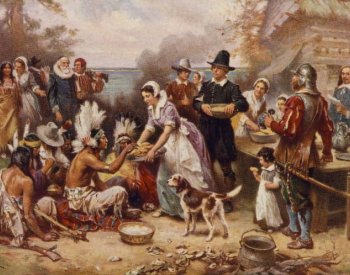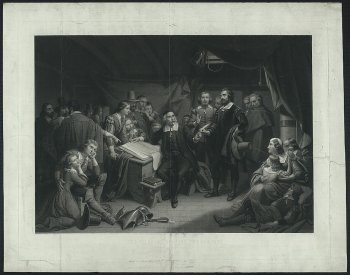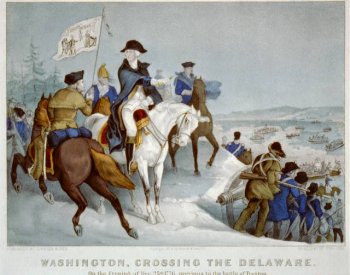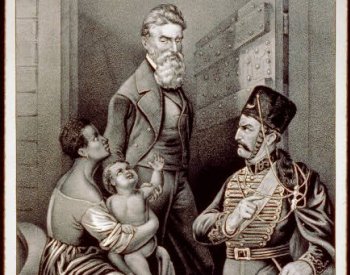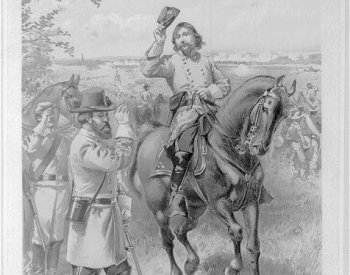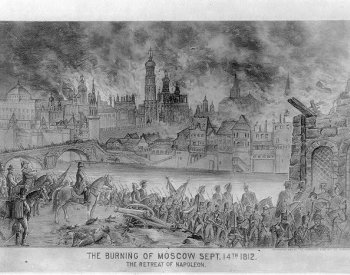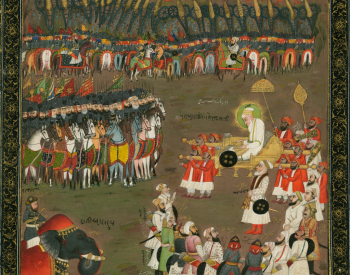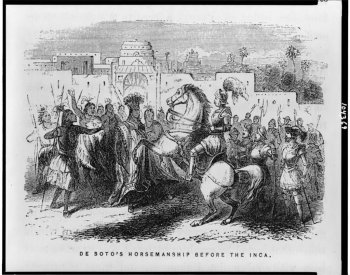To answer the question correctly, students must notice both the date of the event and the date of the painting and understand that the 1800-plus years that separate the two makes it a less useful source for a historian trying to learn about the Battle of Issus.
Level: Proficient
Student explains why the time gap limits the reliability of the source as evidence of what happened at the Battle of Issus.
Level: Emergent
Student evaluates reliability of source but does not fully understand the problems caused by the gap in time.
Student recognizes some aspect of the time gap but does not fully explain why the gap in time is problematic. For example, the student might mention that the painting is not a "primary" source but does not explain why this limits the usefulness of the source.
Student discounts the source because a historian would need more than just this one source to determine what happened at the Battle of Issus. This answer is laudable in that it recognizes the need to corroborate historical sources, but this answer does not directly evaluate the usefulness of this particular source.
Student evaluates the usefulness of the source based on the perspective or biases of the artist. This response shows a sophisticated disposition toward historical sources; historians often consider the perspective of the artist when sourcing a painting. But little is known about the creator of this painting, and an evaluation based on the perspective of the artist would be largely guesswork.
Student evaluates usefulness based on the type of source. For example, a student might reject the source because they believe that paintings are not reliable sources of information.
Level: Basic
Student does not recognize the gap in time and instead takes the painting at face value or provides an irrelevant response.
Student evaluates the usefulness of the source based on how well it matches their historical understanding of the event.
Student evaluates the usefulness of the source based on its aesthetic qualities.
